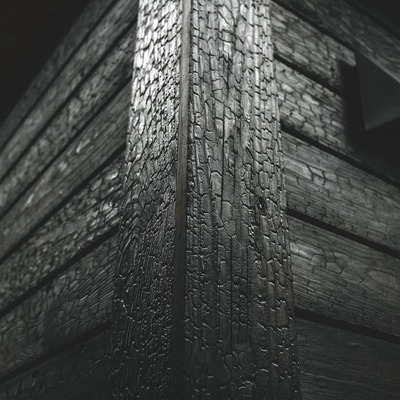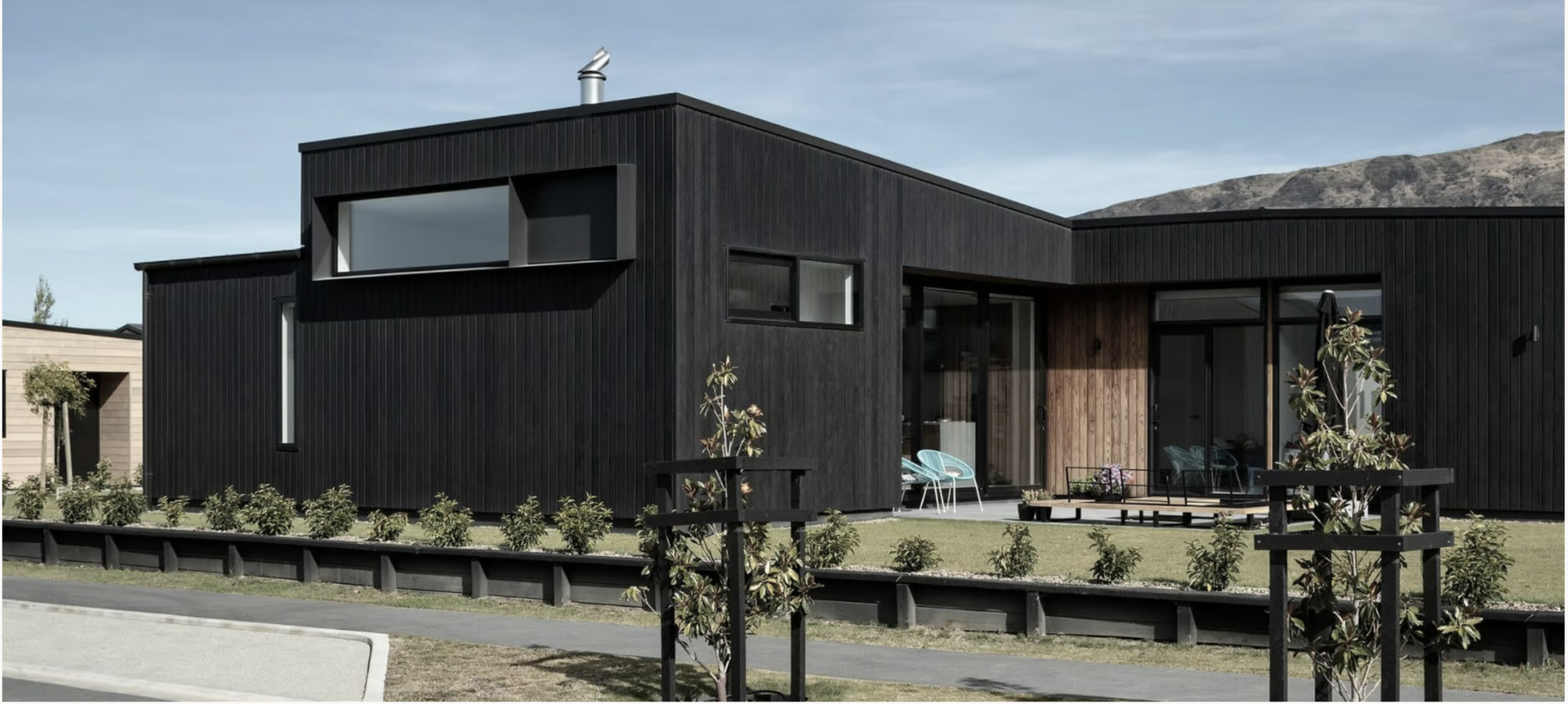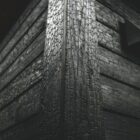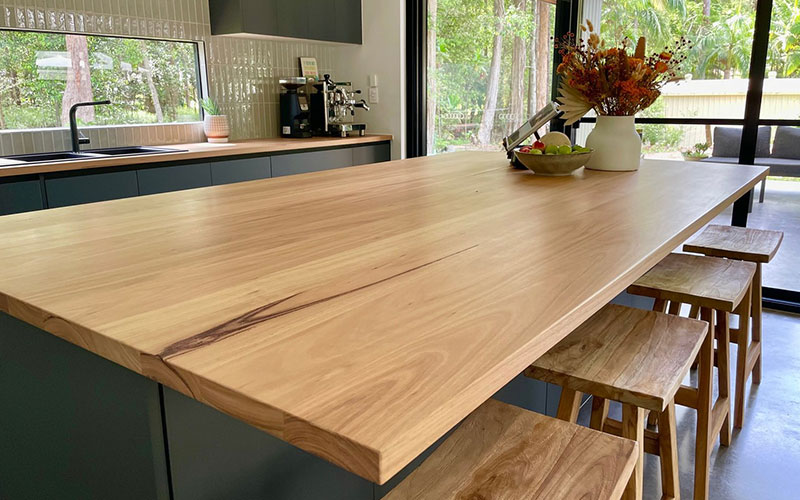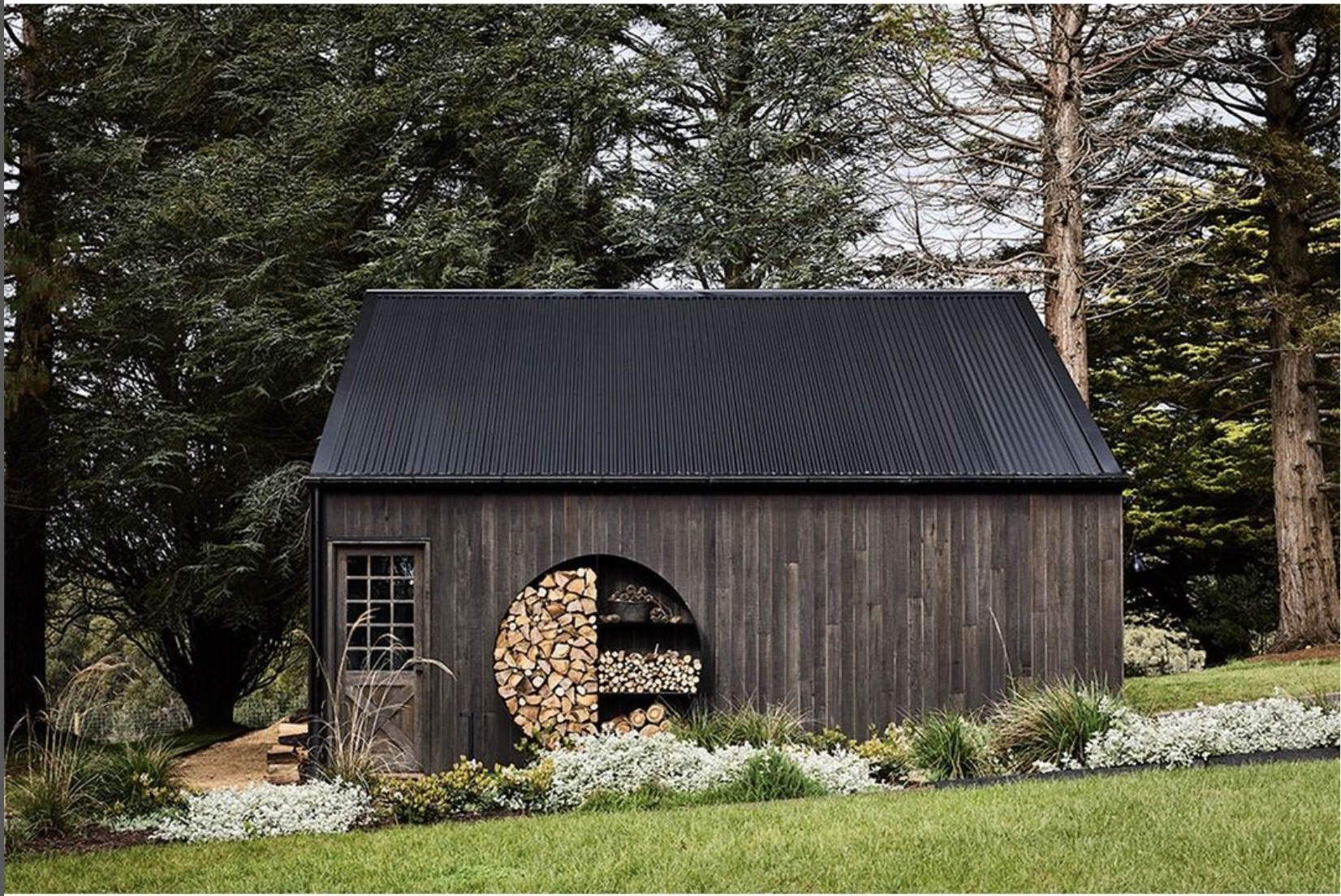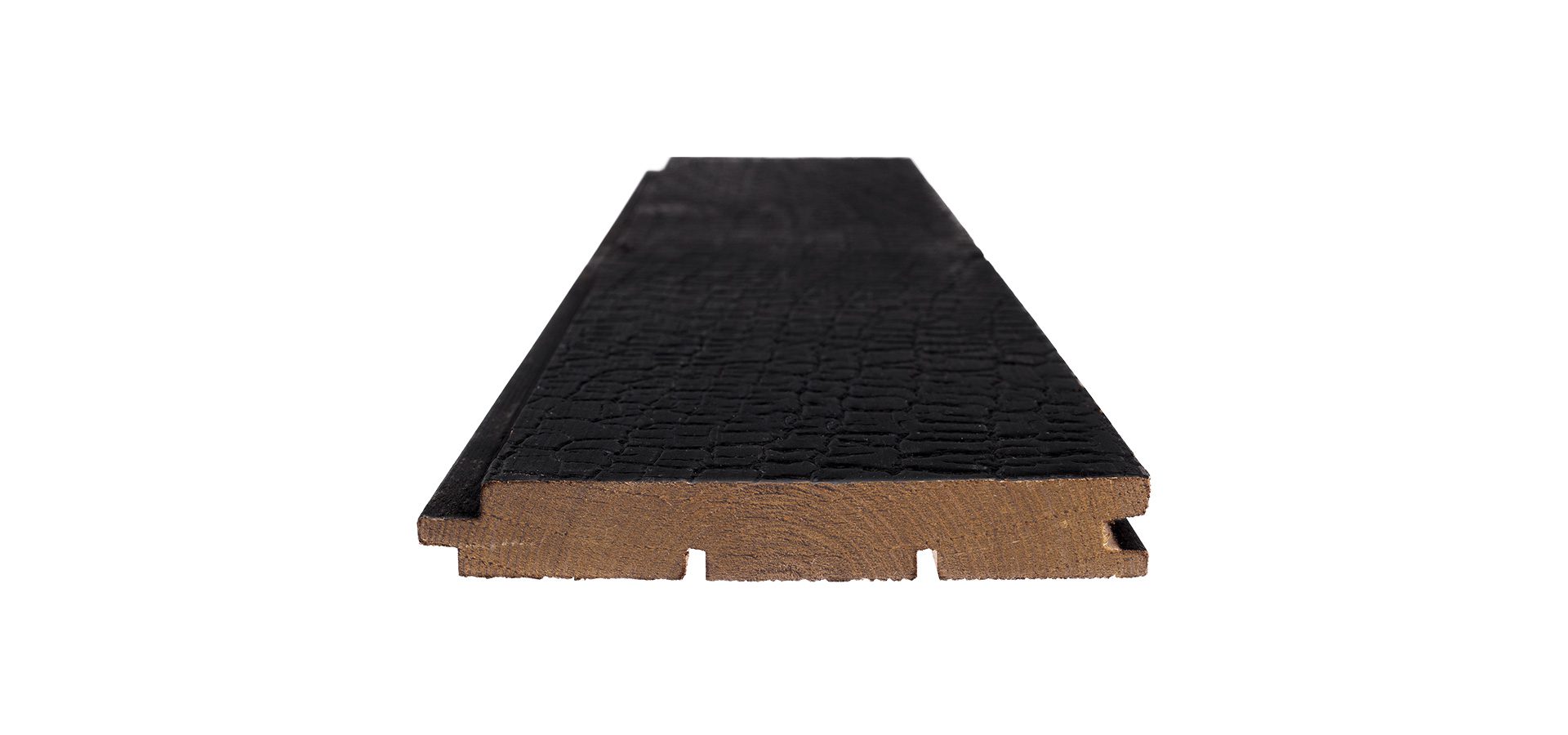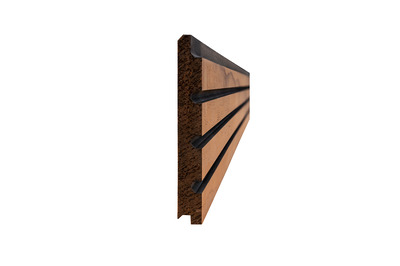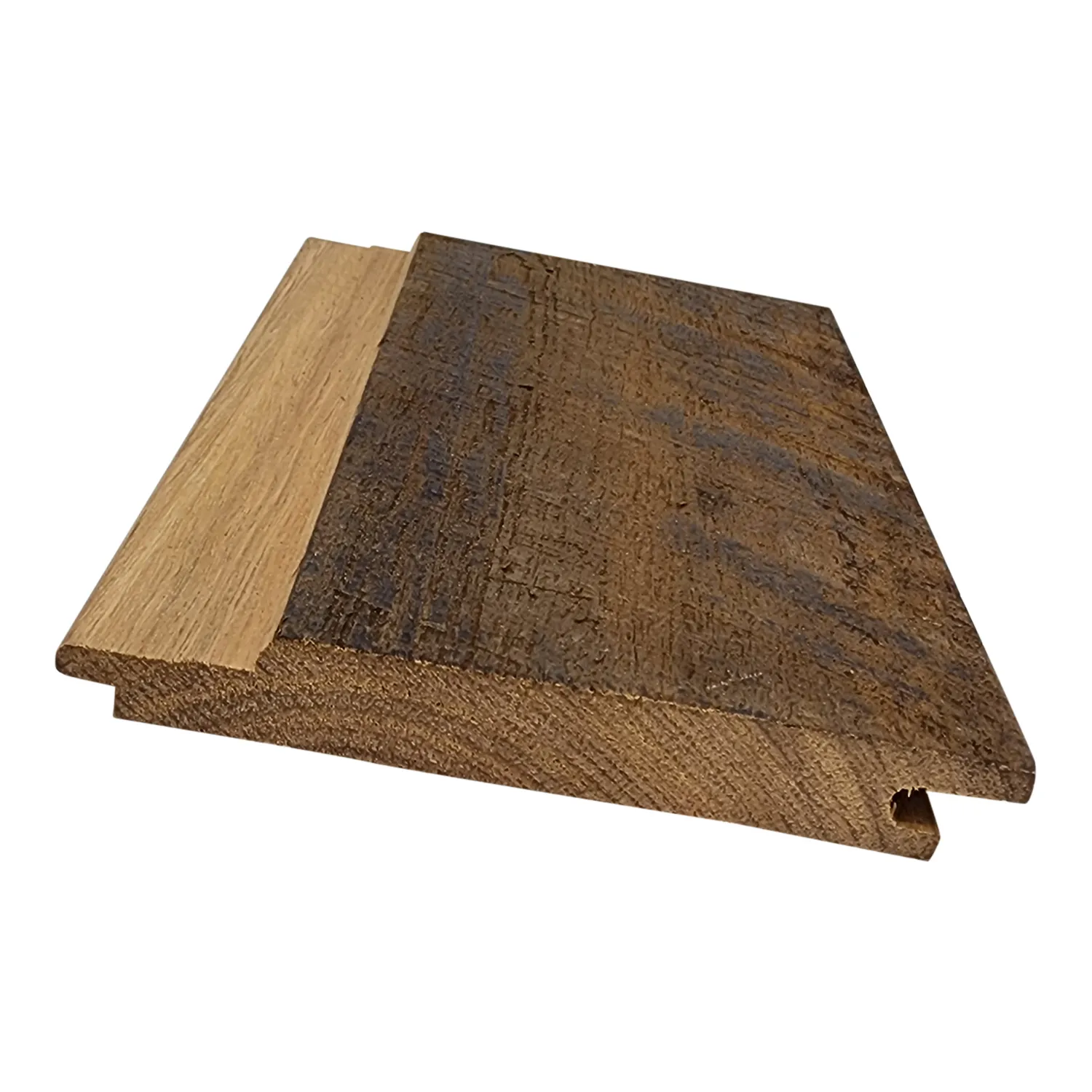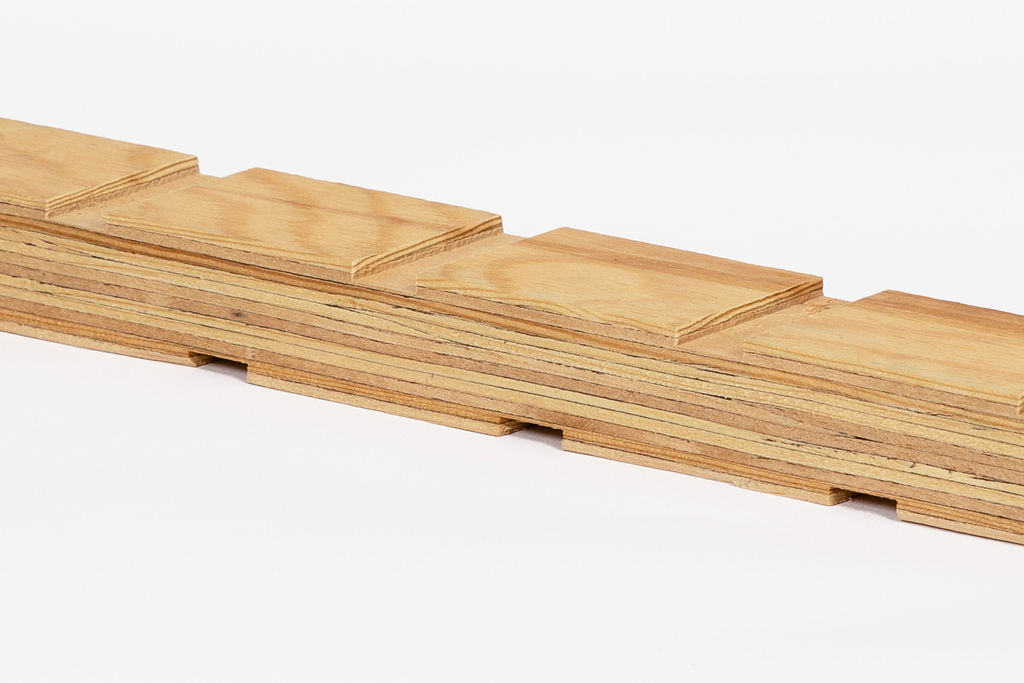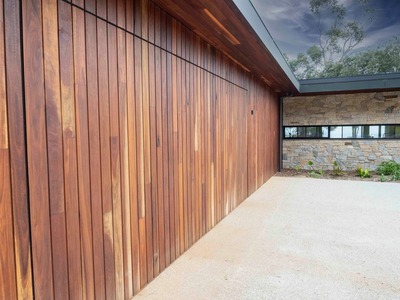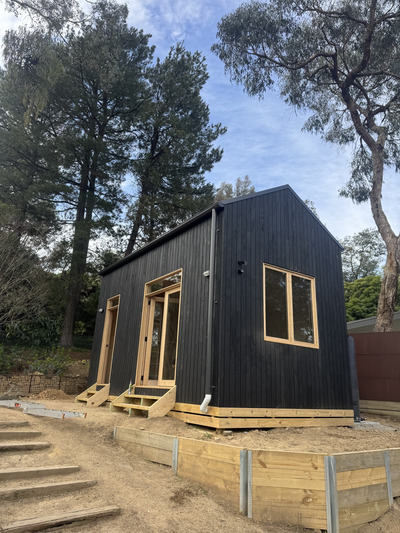Description
Shou Sugi Ban, the ancient Japanese art of wood preservation, embodies a profound fusion of craftsmanship and practicality that has transcended centuries. Originating during Japan’s Edo Period in the 18th century, this technique, also known as Yakisugi, was born out of necessity in a country abundant with cedar (Sugi) wood and facing challenges of high humidity and salt-laden air.
Historical Significance
The roots of Shou Sugi Ban delve deep into Japan’s architectural heritage. Initially developed for the preservation of residential and agricultural structures, its methodical approach involved charring the surface of cedar boards until they achieved a distinctive blackened hue. This process was not merely aesthetic but had profound functional benefits, notably enhancing the wood’s durability against weathering, rot, and pests.
The Charring Process
The traditional method of Shou Sugi Ban is a testament to simplicity meeting efficacy. Skilled craftsmen char the wood’s surface, utilizing controlled flames to create a carbonized layer. This layer acts as a shield, fortifying the wood against the elements while imparting a striking appearance that ranges from jet black to deep browns, depending on the intensity of the charring and subsequent finishing techniques.
Practical Benefits
Shou Sugi Ban offers a myriad of practical advantages:
Durability: The carbonized layer significantly prolongs the lifespan of the wood by shielding it from environmental stressors. Rot Resistance: By reducing water absorption, the wood becomes highly resistant to decay. Pest Deterrence: The charred surface repels insects, minimizing the risk of infestation. Fire Resilience: Contrary to expectation, the treated wood exhibits reduced flammability, contributing to overall safety. Low Maintenance: Once treated and finished with natural oils, Shou Sugi Ban requires minimal upkeep, making it an ideal choice for sustainable construction.
Modern Applications
In contemporary architecture and design, Shou Sugi Ban has transcended its historical origins to become a sought-after material worldwide. Its ability to seamlessly integrate functionality with aesthetic appeal has endeared it to architects and designers alike. Whether used for exterior cladding that withstands harsh climates or as interior paneling that exudes rustic elegance, Shou Sugi Ban bridges traditional craftsmanship with modern sensibilities.
Aesthetic Appeal
Beyond its practical virtues, the visual allure of Shou Sugi Ban is undeniable. The charred surface lends a textured depth and a palette of earthy tones that evoke both warmth and sophistication. This aesthetic versatility allows it to complement a wide range of architectural styles, from traditional Japanese homes to contemporary urban structures.
Sustainability and Wisdom
At its core, Shou Sugi Ban represents a sustainable choice in building materials. Rooted in centuries-old wisdom, this technique exemplifies a harmonious relationship between natural materials and human ingenuity. As global concerns for environmental impact grow, Shou Sugi Ban stands as a poignant reminder of the enduring value found in traditional practices.
Conclusion
In conclusion, Shou Sugi Ban transcends its role as a method of wood preservation; it embodies a profound cultural legacy and a sustainable building solution for the future. Its resurgence in modern architecture underscores its timeless appeal, offering a bridge between past traditions and contemporary needs. As we navigate towards more sustainable practices in construction, the enduring wisdom of Shou Sugi Ban continues to inspire, offering a glimpse into the seamless harmony achievable between nature, functionality, and beauty.


